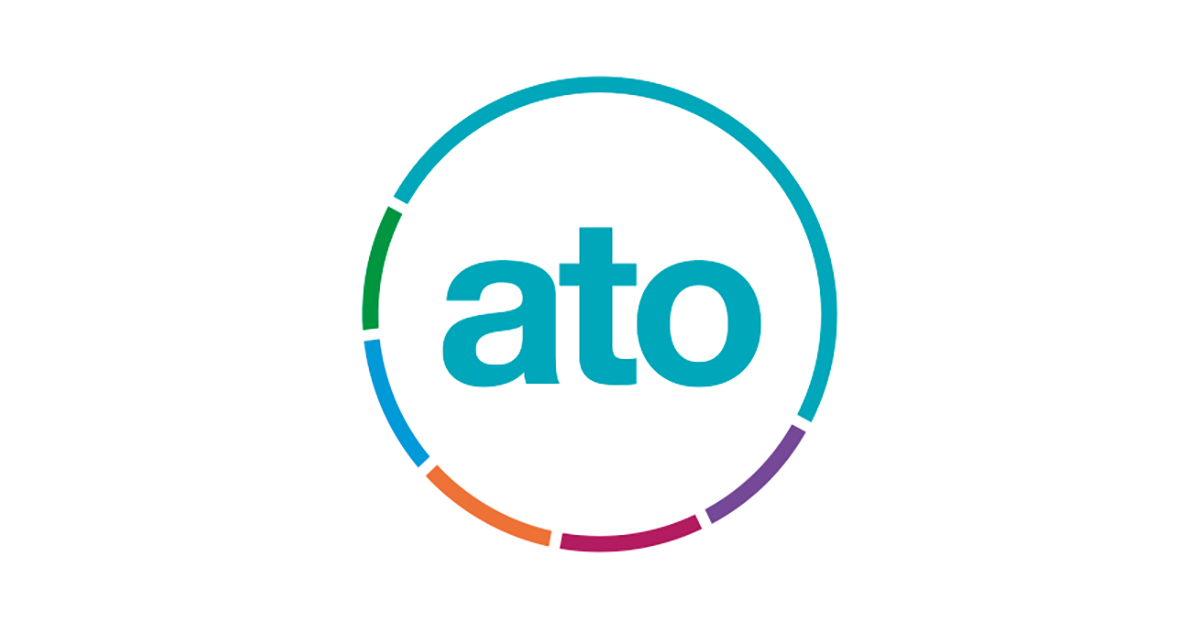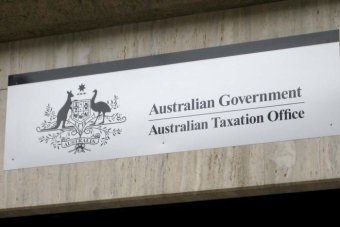When advisers hear the word ‘segregation’ in an SMSF context, they typically think of segregation for tax purposes. Broadly, this type of segregation involves calculating a fund’s exempt current pension income exemption for a financial year under the segregated method, with any capital gains (or losses) in respect of ‘segregated current pension assets’ being disregarded.
Segregated current pension assets are fund assets excluding ‘disregarded small fund assets’ that are invested, held in reserve or otherwise dealt with solely to enable a fund to discharge all or part of its liabilities in respect of retirement phase pensions. Most commonly, segregated current pension assets arise where 100% of a fund’s assets are supporting retirement phase pension liabilities under the ATO’s view of deemed segregation.
This article examines a different kind of segregation; namely, segregation for accounting or investment purposes. In broad terms, investment segregation involves fund assets being designated to particular members or superannuation interests, eg, for the purposes of allocating investment returns and capital appreciation. Investment segregation can essentially be thought of as a form of member investment choice that is implemented within an SMSF. Naturally, all SMSFs provide a certain degree of member investment choice by virtue of being ‘self managed’. However, this article draws a distinction between genuine member investment choice and the typical investment approach for SMSFs where there is a general pool of fund assets that do not ‘belong to’ any particular member.
Investment segregation potentially offers unique planning opportunities due to the flexibility it provides in relation to apportioning growth between different member accounts. For example, with an appropriate allocation of assets, investment segregation can be used to ensure that Member A’s account balance grows faster than Member B’s account balance, or it can be used to ensure that Member’s A retirement phase account grows faster than Member A’s accumulation account. Accordingly, this flexibility can be used to provide more tax effective outcomes, including in respect of the $1.6 million transfer balance cap (‘TBC’).
We now examine the relevant rules for implementing investment segregation in an SMSF. The discussion will focus on allocation of investment returns rather than an apportionment of costs.
The fair and reasonable standard
Regulation 5.03 of Superannuation Industry (Supervision) Regulations 1994 (Cth) (‘SISR’) provides that trustees must determine how investment returns are to be credited or debited to a member’s benefits in a way that is fair and reasonable as between all the members of the fund and the various kinds of benefits of each member of the fund. There is an equivalent rule in relation to charging of costs (see reg 5.02 of the SISR).
This begs the question: what does ‘fair and reasonable’ require? In the context of the usual pooled investment approach, SMSF trustees generally distribute investment returns in accordance with the existing proportions of member benefits in the fund, subject to the terms of the SMSF deed. Naturally, the ‘fair and reasonable’ standard would require adjustments to be made where there are other variables at play, such as new members being admitted or members ceasing membership during a financial year.
The ‘fair and reasonable’ standard allows for departures from the pooled approach where there is a segregation of member investments in place. For example, under such a strategy, Member A could pick certain assets for investment purposes and it would be entirely consistent with the fair and reasonable standard if the investment returns on those particular assets were credited to Member A’s account.
What does the ATO say?
The ATO acknowledge on their website that investment segregation is allowable (‘Super changes – frequently asked questions’ https://www.ato.gov.au/Individuals/Super/In-detail/Super-changes—FAQs/ (QC 51875)):
Where my SMSF cannot use the segregated method to claim ECPI (exempt current pension income), can I still segregate assets for investment returns?
The change which limits an SMSF from using the segregated method only relates to the ability for that SMSF segregate for the purposes of claiming ECPI. So in these cases, even though the SMSF may be required to use the proportionate method to calculating its ECPI, the trustee can still decide which assets will support pension accounts. In essence, the returns on the segregated assets would continue to be allocated to the respective pension account(s) and the allocation of any tax would be done proportionately.
The above commentary from the ATO makes it clear that the rules in s 295‑387 of the Income Tax Assessment Act 1997 (Cth) that preclude certain SMSFs from using the segregated method for claiming exempt income does not preclude such funds from using investment segregation.
Other relevant considerations
The governing rules of the SMSF should allow for investment segregation and the investment strategy of the fund should be appropriately drafted to reflect the principles of member investment choice.
A fund’s investment strategy documentation is also important for a host of other reasons. For instance, in SMSFR 2008/1 [13], the ATO state that if the activities and investments of an SMSF are undertaken in accordance with the fund’s investment strategy, this is a factor that weighs in favour of the conclusion that the SMSF is being maintained in accordance with the sole purpose test. Additionally, under s 55(5) of the Superannuation Industry (Supervision) Act 1993 (Cth) (‘SISA’), SMSF trustees can be afforded a defence against damages when acting in accordance with the fund’s investment strategy and other applicable SISA covenants, including having regard to investment choice (see s 52B(4) of the SISA).
How can this be used?
As explained below, investment segregation may assist in managing a member’s TBC.
The TBC is a cap on the value of assets which can be transferred into tax-free retirement phase. As the TBC is measured through a static system of debits and credits, growth above that cap (ie, $1.6 million limit as indexed) is not tested and does not trigger an excess transfer balance.
Segregation of investment returns provides an opportunity to pinpoint allocation of growth on an asset-by-asset basis, assuming that asset returns and growth can be accurately predicted. For example, if a well-performing parcel of shares is linked to a member’s pension account, that pension can benefit from the growth in the shares (eg, due to large dividends being paid and the share price increasing) without impacting the member’s transfer balance. Take the following example:
Example
Mr and Mrs Renner are members of the Renner Family SMSF. On 1 July 2018, Mrs Renner turned 65 and commenced a pension. Due to the fund adopting investment segregation, it is agreed that the asset supporting the pension is real estate in the fund valued at $1.6 million. Assume that minimum the annual pension payment is made each year in respect of the pension.
Due to decent rental returns and capital appreciation on the real estate, Mrs Renner’s pension account balance increases to $1.85 million by 30 June 2021 which provides a better outcome for her TBC than if she had merely received a proportion of overall fund growth.
Naturally, appropriate records should be retained in relation investment segregation — ie, based on an appropriate and regularly reviewed investment strategy that provides a proper basis for investment segregation.
Moreover, it should be borne in mind that if investment segregation is maintained solely for tax purposes, the ATO may seek to apply the general anti-avoidance provisions in pt IVA of the Income Tax Assessment Act 1936 (Cth), ie, if the sole or dominant purpose of the segregation is to obtain a tax benefit.
Conclusion
If implemented appropriately and authorised under the SMSF’s governing rules, investment segregation can offer unique planning opportunities for SMSF trustees and advisers due to the flexibility it provides in relation to apportioning growth between different member accounts.
Expert advice should be obtained before implementing investment segregation.
* * *
This article is for general information only and should not be relied upon without first seeking advice from an appropriately qualified professional. The above does not constitute financial product advice. Financial product advice can only be obtained from a licenced financial adviser under the Corporations Act 2000 (Cth).
Source: DBA Lawyers




